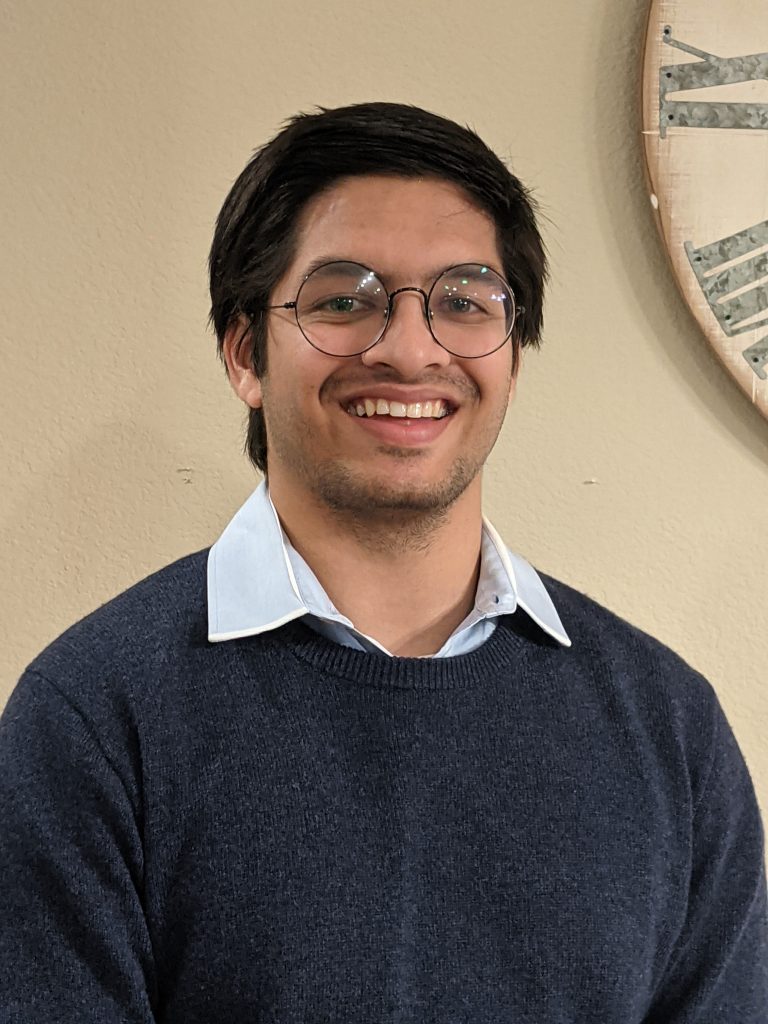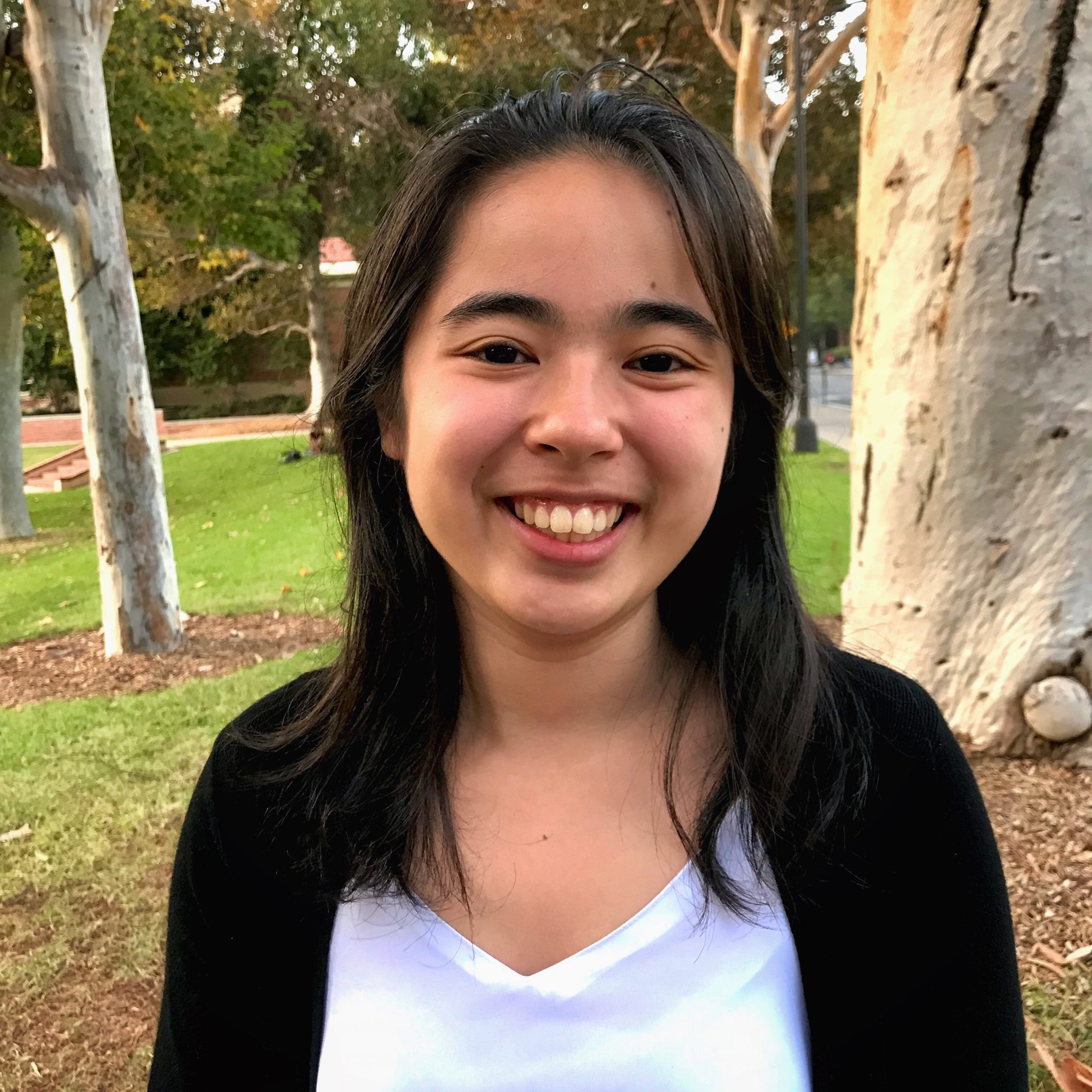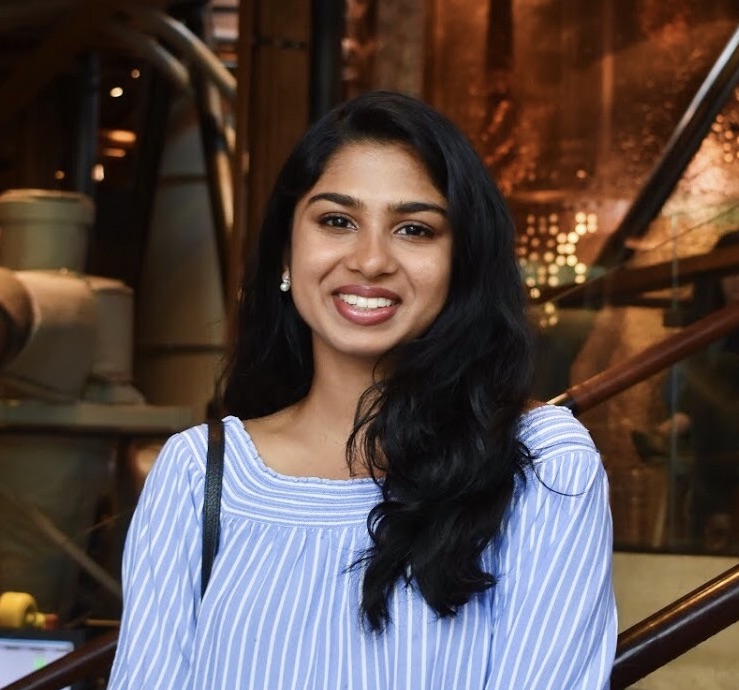
Rohan Bansal
Online Learning: Is There a Better Way?
Mentor: Jayathi Murthy
Year: Junior
Major: Mathematics of Computation, Film & Television
Digital Learning is here to stay. But given the amount of content online, people are inundated with choices about the best path to learn. This project explores the question of which education method(s) are most effective when studying online. For different different fields and different individuals it is likely that these methods will vary. But, by conducting primary research on students this project hopes to find and generalize the digital study methods that they most respond to with respect to different types of subjects. Further, by consulting education professionals and professors at different institutions we will create a guided course of exploration and skill-development in different disciplines, optimized for online learning. This guided course would be in the form of a website and the student-study in the form of a paper. This not only means providing recommendations about specific resources, but also on the specific educational practices that one should institute while learning these subjects. This helps people who are exploring a subject or those who want to develop skills for their career. In either case, it makes access to higher education more accessible and equitable for people around the world.
Results: Rohan Bansal’s final presentation

Zixuan Chen
TactileSoccer: A Haptic Device Helping Blind People Understanding the Spatial Information in Soccer
Mentor: Peter Reiher
Year: Junior
Major: Linguistics and Computer Science
When Blind people watch a soccer game with friends, they can only depend on voice commentary to “watch” a soccer game. However, the spatial information, like the ball’s moving trajectory and where players running at, is often impossible to understand without others helping. Without spatial information, a fierce soccer game may become a tedious report. To solve this problem, we introduce TactileSoccer, a device to help blind people understanding what’s really happening in the court. Our device consists of two handles and one plate representing the soccer court. First, we use computer vision technique to convert a soccer match into spatial time-series data, and secondly, we map the data to our haptic handle. User’s left hand holds the guest team handle, and right hand holds the home team handle. The handles will keep moving, synchronized with real players moving, and they will give kinesthetic feedbacks according to player’s move, e.g, pass, shoot, out-of-bounds… Especially, when a player is passing a ball 45 degree from the north, the linear actuator will popup in the same direction to show where the ball is moving.
Results: Zixuan Chen’s Quad Chart

Naomi Golin
The Global Digital Divide: Electronic Colonization and Gender Inequalities
Mentor: Jeff Burke
Year: Junior
Major: International Development Studies
Around the world, technology is seen as a method of increasing gender equality, providing women the opportunity to receive an education and join the workforce. While this may be the case, however, women in developing nations are failing to achieve equality at the same rate as their global north counterparts. Following the independence of colonized nations, a development discourse has emerged pinpointing neoliberal globalization as the only path to achieving development. Scholars have argued, however, that this Western-dominated framework has caused nations in the global south to regress. The development of technology has further aggravated this, leading to postcolonial theorists to declare that we have entered a period of “electronic colonization”. Despite technology’s significance, however, scholarship has yet to be produced on how this inhibits gender equality. While early movements have argued how structural inequalities are a major barrier, modern investigations have yet to be undergone on how technological advancements play a role. Thus, the aim of my project is to investigate how the injection of technology in the form of aid is exacerbating gender inequalities in the education, healthcare, and work sector in developing nations. I will be focusing on three specific regions: India, Sub-Saharan Africa, and Latin America.
Results: Naomi Golin’s Quad Chart

Jason Huan
Private Cryptocurrency Transactions Using Rollups
Mentor: Amit Sahai
Year: Senior
Major: Computer Science
My project provides the utility for anyone to send cheap private transactions on the Ethereum network using rollups. One issue that has been plaguing widely-adopted blockchain networks is the high transaction fees that can occur as a result of demand for block-space outpacing available bandwidth. Rollups are blockchain mechanisms that allow for transactions to happen off-chain, by having users deposit funds into a smart contract which is managed by a different set of nodes reaching consensus from the mainnet. These off-chain transactions are executed by having the users sign and broadcast the transactions to the rollup nodes, which then later batch the transaction data into merkle witnesses which are pushed to mainnet for finality. This allows for cheaper transaction costs as the inputs are stored on rollup nodes instead of mainnet ones, while still maintaining verifiability through the witnesses. My research looked into open-source zk-SNARK-based private transaction smart contracts to provide anonymity, and the process of deploying them to a rollup and creating an interface for them.
Results: Jason Huan’s final presentation

Megha Ilango
Bias in Social Media Moderation and Evaluation of Bias Prevention Methods
Mentor: Ninez Ponce
Year: Senior
Major: Computer Science
Gender and racial disparities exist in schools, governments, and workplaces across the United States. In the past several years, social media platforms have increasingly played a role in political and advocacy based efforts to express views on or combat discrimination in the real world. However, both human and artificial intelligence based content and advertising moderation practices on such platforms have demonstrated bias based on content creators’ racial, gender, or political identities. In this study, I will conduct an analysis of existing literature to determine the scale and impact of algorithmic bias on internet platforms, and follow with a technical evaluation of various bias recognition and prevention methods. Using this research, I will recommend an appropriate technical and policy-based approach to combat social injustice caused by such algorithmic biases.
Results: Megha Ilango’s final presentation

Elishka Patockova
Social Implication of Online Anonymity in Quantum Networks
Mentor: Leonard Kleinrock
Year: Junior
Major: Mathematics of Computation
Quantum internet is one of the most exciting technologies being currently developed. As with every new technology, there are social consequences of its integration into daily life. As we approach the release of quantum internet, it is essential to address the moral issues it brings about in order to adequately guard, and possibly legislate, against undesirable use. There is a plethora of issues that yearn for attention but due to the impeccable encryption that quantum internet provides, complete anonymity immediately stands out. Because the properties of quantum bits can not be measured without changing their state, quantum information cannot be extracted from them without leaving a trace. This sharply contrasts with the system that is in place today: much of internet activity is traceable and, consequently, the deep web contains much of the world’s online data. How will the introduction of quantum internet change the behavior of whistle blowers, online criminality, and ordinary users? The large social phenomenon of anonymity which has been largely introduced by the contemporary internet will reach new heights with the introduction of quantum internet and it is vital to consider its consequences before it is widely used.
Results: Eliska Patockova’s final presentation

Suraj Vathsa
Deep Learning models that can be used to provide preliminary diagnosis for respiratory conditions using audio recordings of breaths and coughs
Mentor: Lilian Corral
Year: Sophomore
Major: Computer Science
With the growth of 5G and the internet, the ability to stream data from remote parts of the globe is more possible than ever before. One such type of data could be audio recordings of coughs and breathing sounds of patients suffering from respiratory conditions in remote regions. With the help of deep learning models, one can tap into the potential that this data carries and help provide some preliminary diagnosis for these patients after which they can take the necessary steps to visit the nearest local hospital or be scheduled to meet with a pulmonologist remotely.
Audio recordings of breaths and coughs can be represented as succinct time-series data when sampled in blocks effectively. We can employ sequential deep learning models to create latent representations of these data points. Further, we can also employ convolutional models to create representations of MFCC plots (as has been done in prior works on the topic). This data can also be combined with demographics and air quality data to create latent representations that can then be subject to classification using a variety of deep learning and statistical machine learning models. Based on a literature review, the target tasks could be a classification of adventitious sounds or detection of obstructive or restrictive patterns which can then be associated with diseases. The model, once trained and tested can be deployed in the cloud and can be served as a simple mobile application to patients/primary care physicians.
Results: Suraj Vathsa’s final presentation
